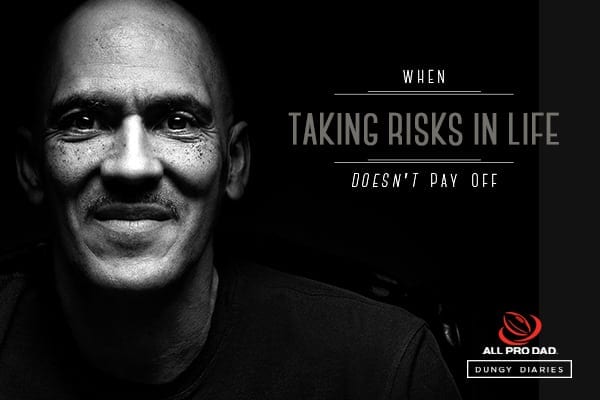The highlight of our day today was a bike tour through Soweto. Not only was it a good workout, because of the hills we encountered and the altitude of Johannesburg, but it was very educational. Our guide stopped at many of the historic landmarks in the township to tell us about the history of the area.
Much of the area developed because of the gold mine owners bringing in black men to work in the mines. These men were housed in Soweto and worked long hours for very little pay. In the apartheid system, Soweto developed into an all-black township. There is no accurate count of the people who live there but it is estimated at over 3,000,000. Conditions have improved over the years but we saw many areas where there were only dirt roads, and places where several houses shared one water supply.
Soweto became the focus of worldwide attention in 1976 when a 12-year-old boy, Hector Peterson, was shot by the local police, sparking a riot which became the impetus to overthrow the system of racial segregation in South Africa. As I listened to the story it was reminiscent of how Rosa Parks’ arrest for not moving to the back of the bus galvanized the Civil Rights Movement in our country. Soweto was also home to Nelson Mandela, who spent 27 years in prison because of his efforts to lead the fight for equality for black South Africans. Mandela’s house was also on the tour.
Our younger children were too small to ride with us, so they stayed behind and played in a park while we toured. When we returned, we found them playing soccer with some of the local children. We were amazed at the skills some of these 7 and 8-year-olds already had in controlling a soccer ball!










